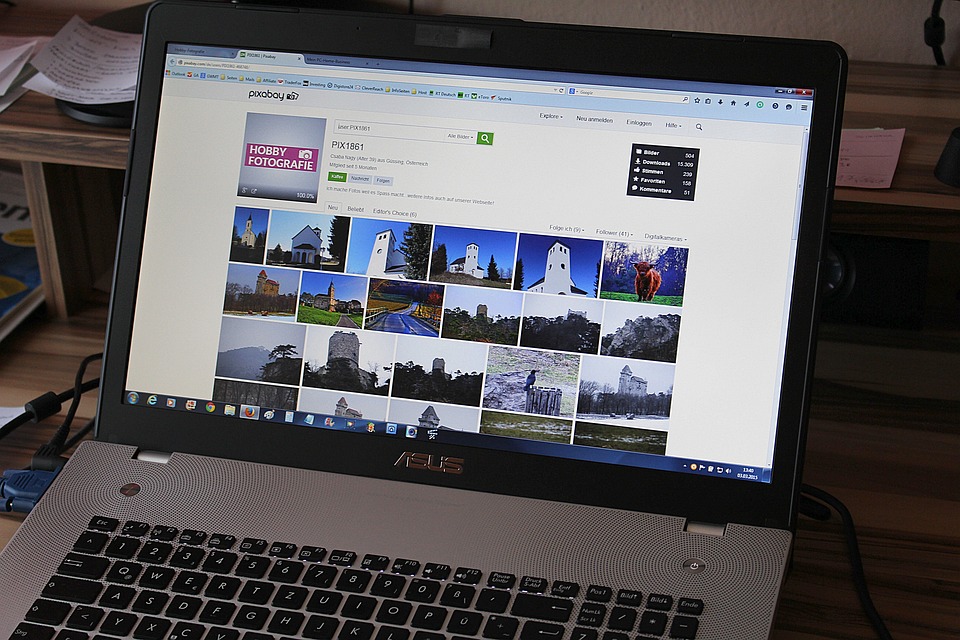In an increasingly interconnected world, creating a multi-language website is no longer just a luxury—it’s a necessity for businesses aiming to reach global audiences. As the internet transcends geographical boundaries, the ability to communicate with users in their native languages can dramatically enhance user experience and boost engagement. In this blog, we’ll explore best practices for developing a multi-language website and how tools like WPML and Weglot can streamline the translation process.
Why Go Multi-Language?
-
Reach a Broader Audience: By offering content in multiple languages, you widen your audience reach. This not only includes potential customers but also partners and collaborators worldwide.
-
Improve User Experience: Users are more likely to engage with your content if it’s presented in their preferred language. This often leads to increased dwell time, lower bounce rates, and higher conversion rates.
- Enhance SEO: Optimizing your site for various languages can improve your search engine rankings in different regions. This means more visibility and, ultimately, more traffic.
Best Practices for Multi-Language Website Development
1. Choose the Right Structure
When it comes to structuring your multi-language website, you have several options:
-
Subdirectories: Your site can have language versions in subdirectories (e.g., example.com/es/ for Spanish).
-
Subdomains: Alternatively, you can create subdomains (e.g., es.example.com).
- Country Code Top-Level Domains (ccTLDs): You might also choose to launch separate sites for each language using distinct domains, like example.es for Spanish.
Each structure has its pros and cons. Choosing the best one depends on your brand strategy, SEO considerations, and ease of management.
2. Plan Your Content Strategy
Before you launch into translations, it’s crucial to have a well-thought-out content strategy. This includes:
-
Understanding Your Audience: Research which languages your target customers speak and cater to their preferences.
- Creating Translatable Content: Write content that is simple and avoids cultural nuances that may not translate well.
3. Use Professional Translation Services
While automated translation tools have come a long way, they often can’t capture the subtlety and nuances of human language. For critical content, consider using professional translation services. This ensures accuracy, cultural relevance, and appropriateness.
4. Optimize for SEO
Implementing effective SEO strategies in different languages is key. This includes:
-
Localized Keyword Research: Keywords that work in one language may not have the same effectiveness in another.
- Localized Meta Tags: Make sure your title tags, meta descriptions, and alt tags are translated and optimized for search engines.
5. Implement Language Switchers
Make it easy for users to switch languages on your website. Use a language switcher that is prominently displayed, allowing users to navigate seamlessly between different language versions.
Tools for Seamless Translations
1. WPML (WordPress Multilingual Plugin)
WPML is a powerful plugin for WordPress users focused on creating multilingual websites. Here are some of its notable features:
-
Comprehensive Language Management: WPML enables you to translate pages, posts, custom types, and even menus effortlessly.
-
SEO-Friendly: Automatically optimizes URLs and meta tags for each language.
- E-commerce Capable: Compatible with WooCommerce, allowing you to easily create a multilingual online store.
2. Weglot
Weglot is another fantastic tool designed for quick and easy website translations. Its standout features include:
-
Instant Presentation: Weglot provides instant translations and allows for user-generated translations to improve accuracy.
-
User-Friendly Interface: The drag-and-drop support for managing translations simplifies the process for website owners.
- SEO Optimization: It generates multi-language URLs for every page, ensuring SEO best practices.
Conclusion
Creating a multi-language website is a strategic move towards enhancing your brand’s global presence. By following best practices and leveraging tools like WPML and Weglot, you can develop a user-friendly platform that caters to diverse audiences. Remember, the goal is not just to translate but to make meaningful connections with users around the world.
With careful planning and execution, your multi-language website can facilitate not only communication but also foster trust and brand loyalty across cultures. Embrace the challenge today and watch your audience grow!
For more tips and resources on website development, stay tuned to [site-title]. Happy multilingual web building!




